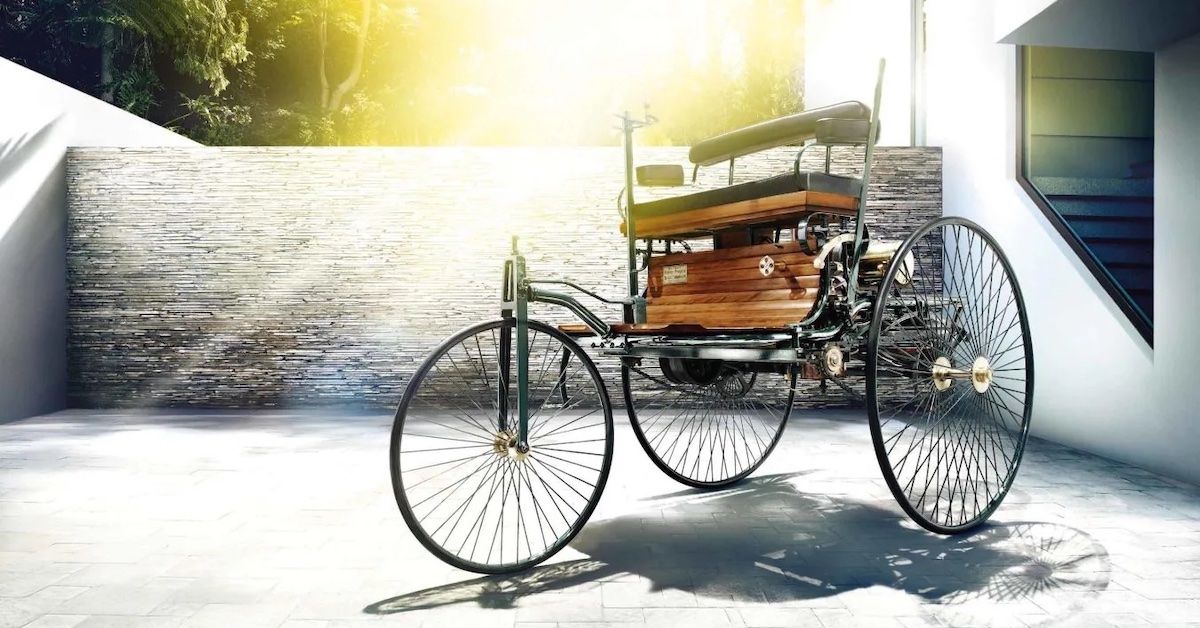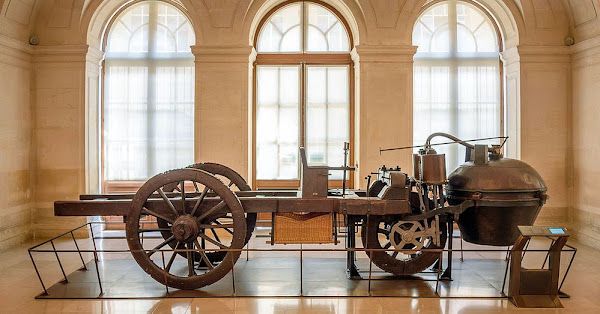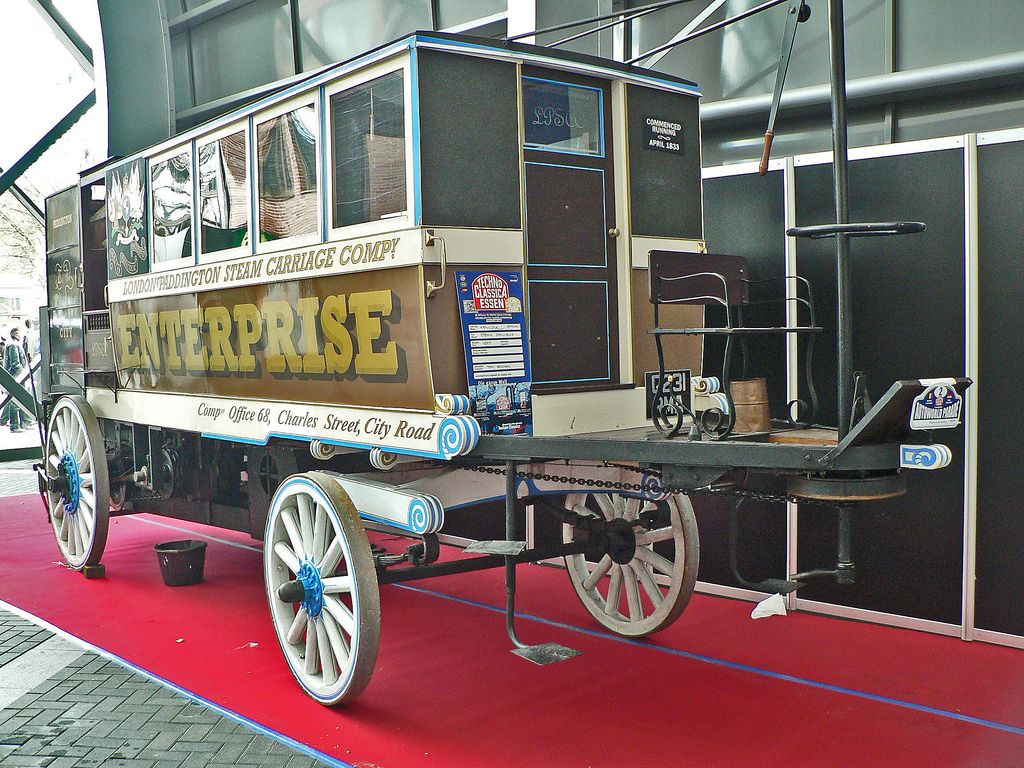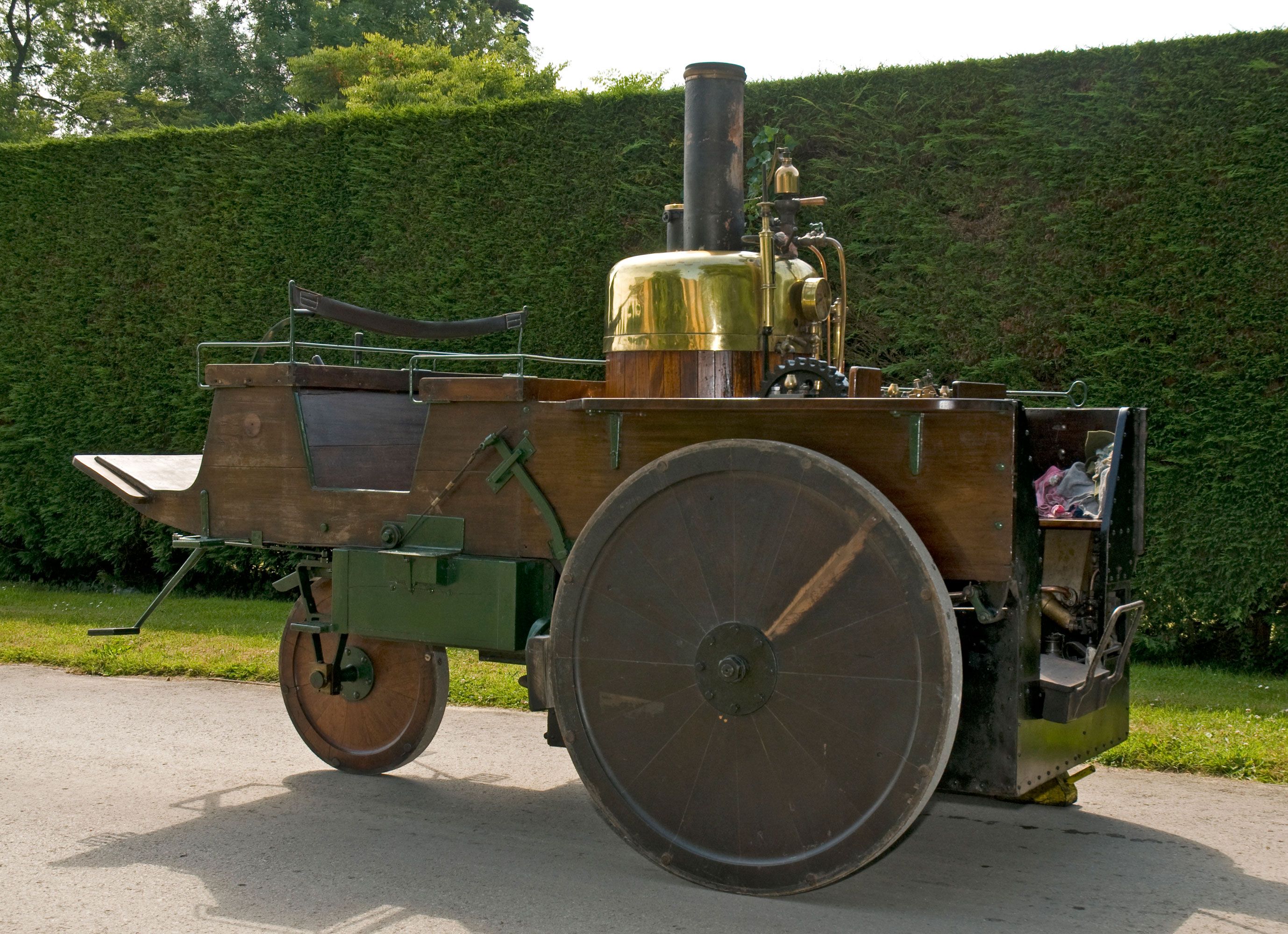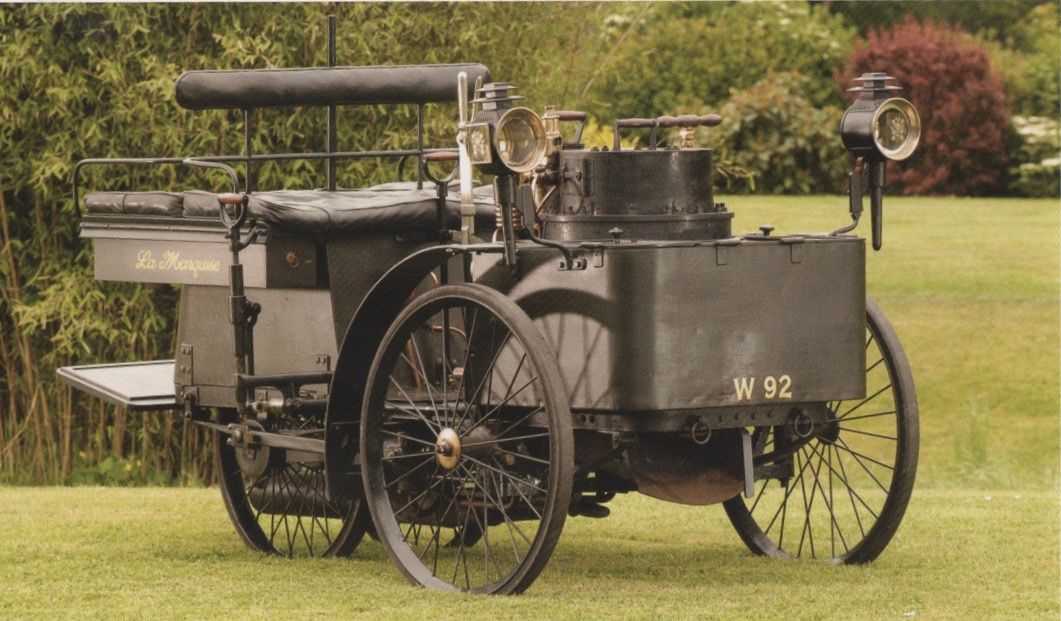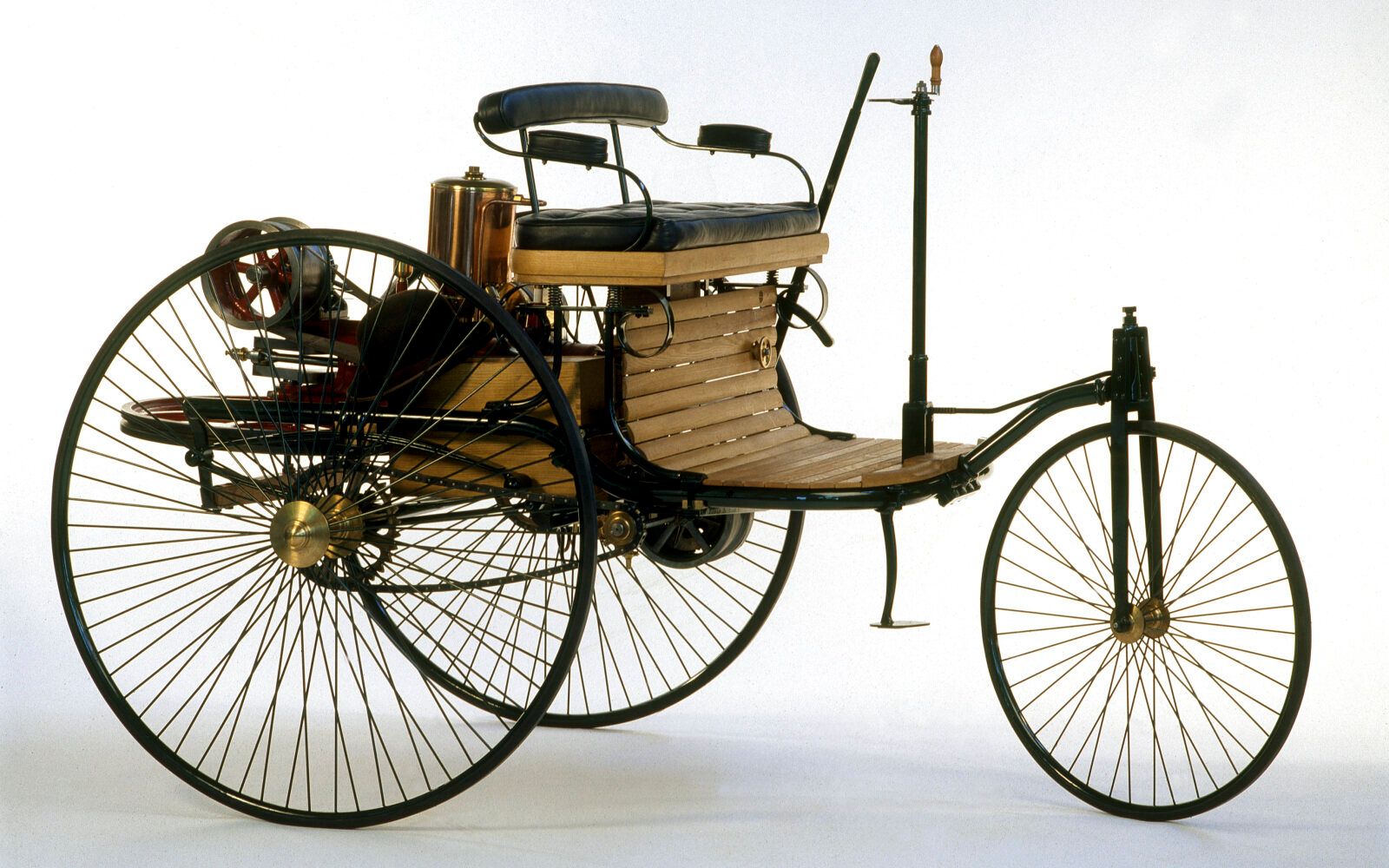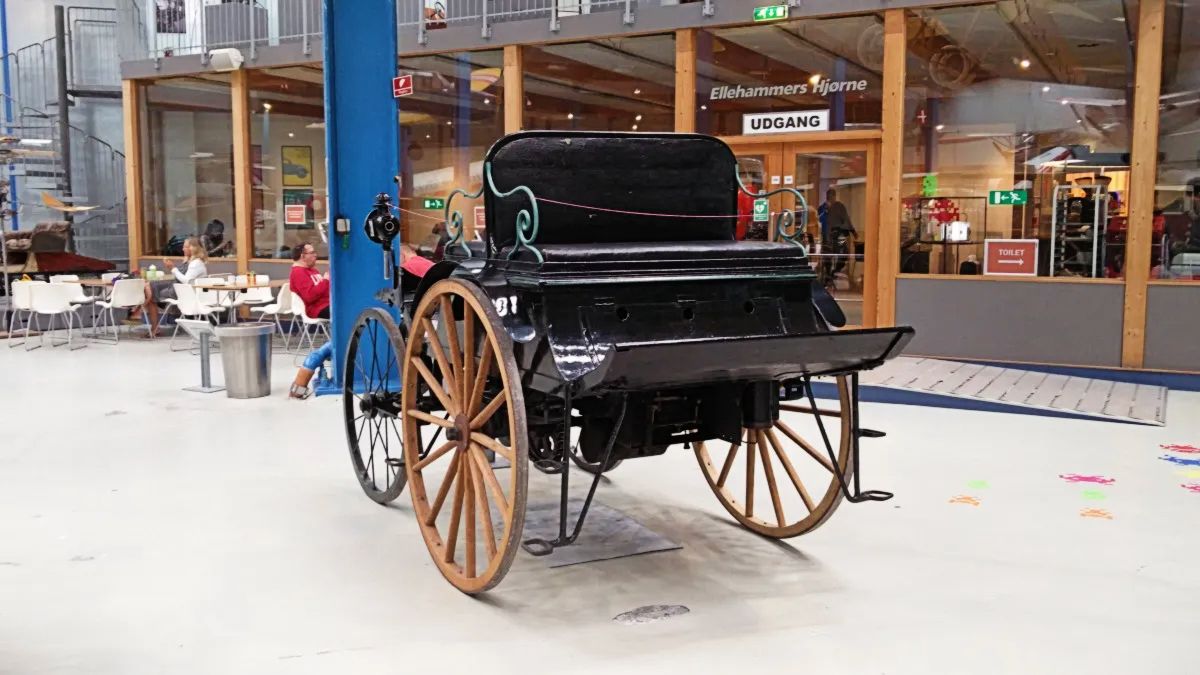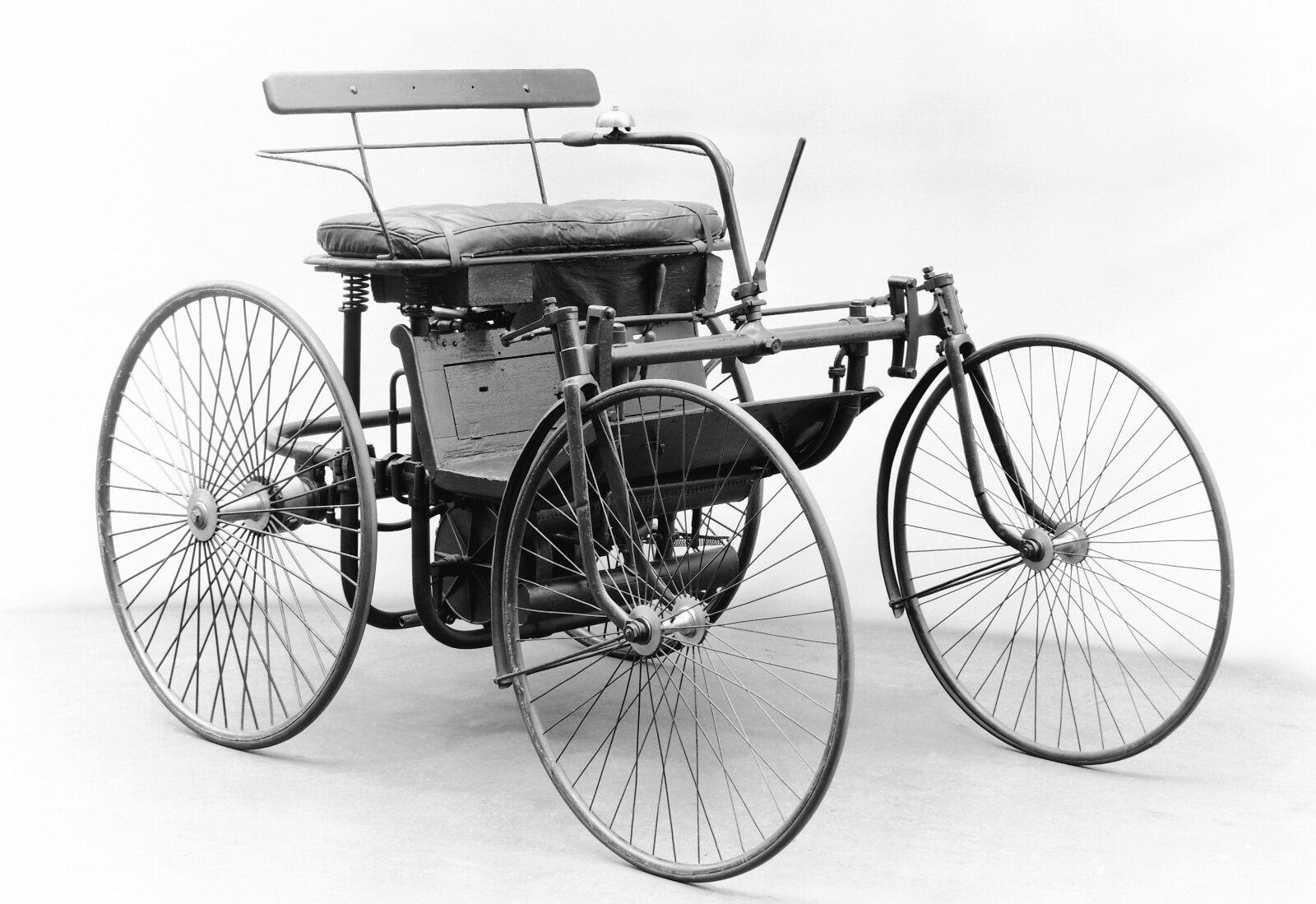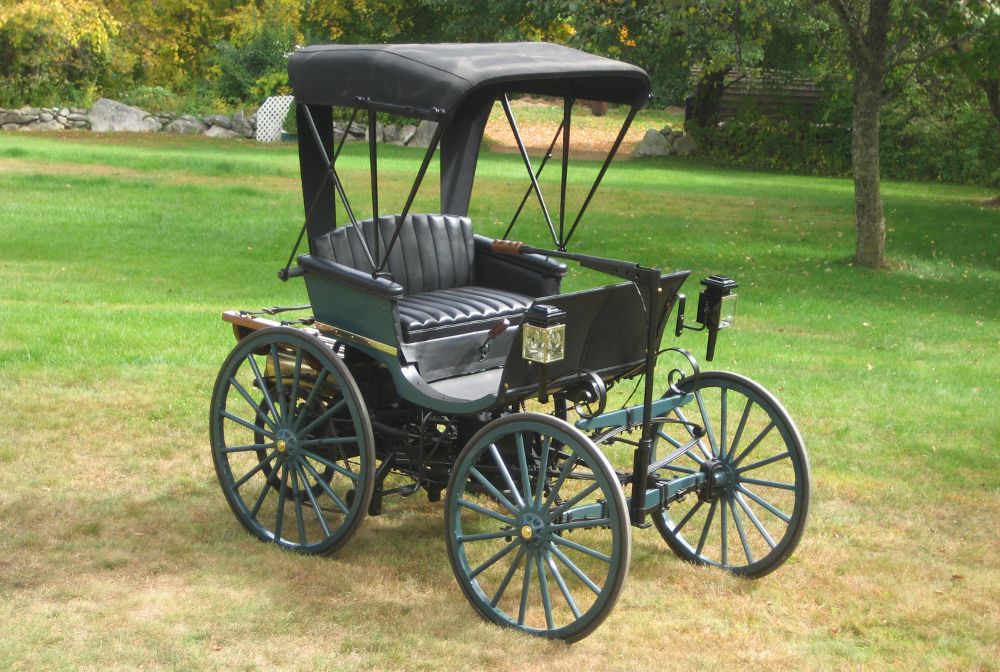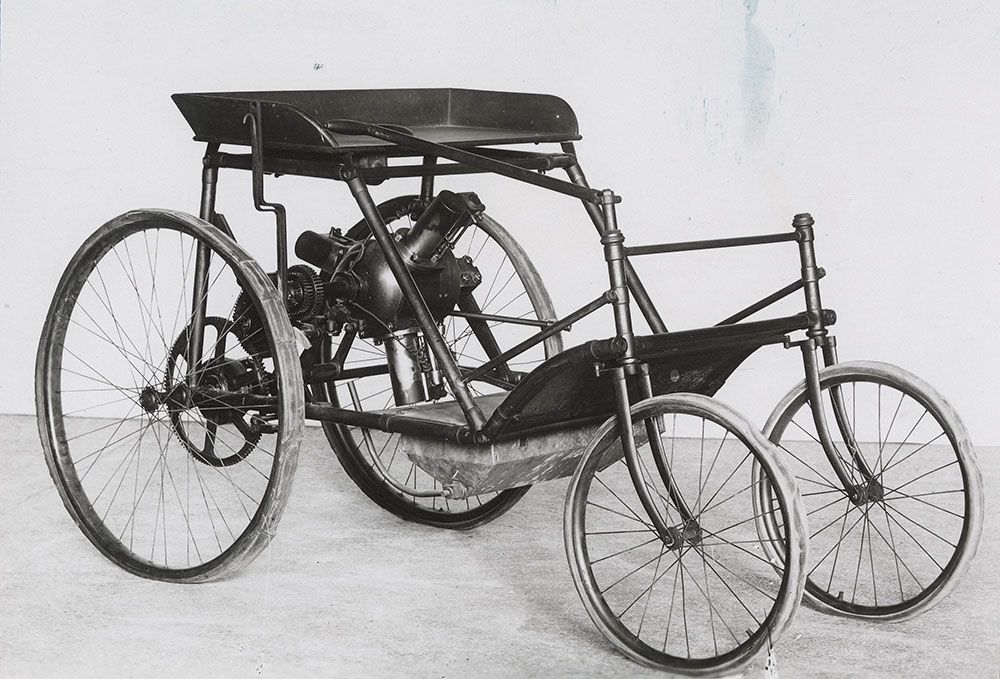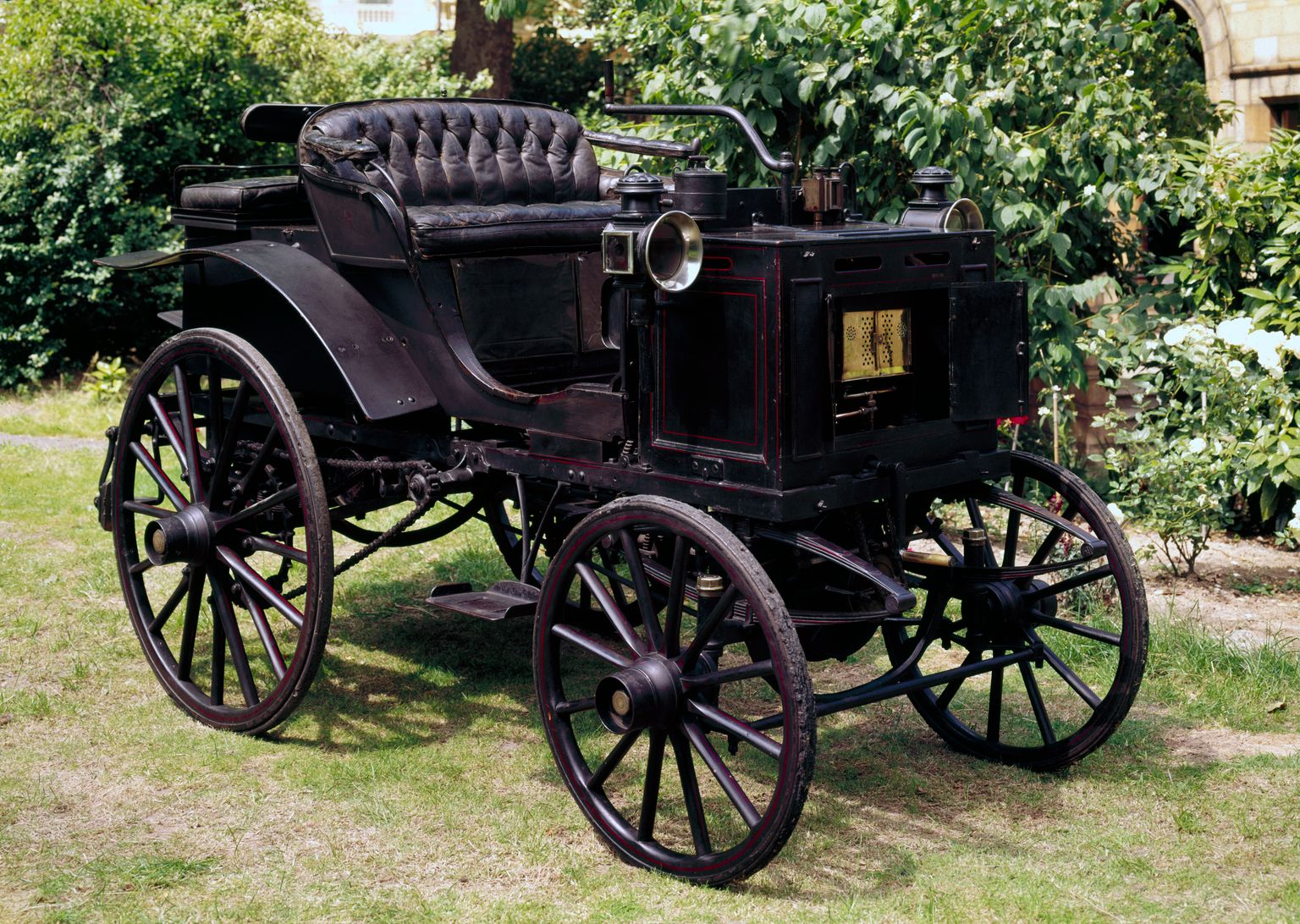Nowadays, the auto world is jam-packed full of soulless electric cars, family-friendly mid-size SUVs, and absurdly fast hypercars. That said, they're not exactly what you'd call perfect. Hypercars are excruciatingly expensive, and competition among mid-size SUVs is at an all-time high with vehicles like the 2024 Toyota 4Runner being unbeatable in its class. Even supposedly-perfect EVs aren't as they seem. There are a few things you need to know when driving your electric car in winter.
Regardless, cars are much more convenient now in comparison to a century ago. Back in the day, cars could only start by means of hand-cranking, could barely reach 10 mph, if that, and were quite unattainable. Although these classic cars had their flaws, it made sense why. After all, they were experiments. That excuse however can't apply to other American classic cars everyone regrets buying.
But we digress. What were the first-ever cars used for actually? What powered these antiques, and why don't they get more attention? Today, we're here to answer all of those questions and more. Here is a brief overview of the first-ever cars built for public roads.
10 1769 Cugnot Fardier
Conceived in 1769, Cugnot Fardier, also known as the Steam Tractor, became the world's first car. Although its intention was never to transport people, but rather haul around heavy artillery for the French in the midst of the war, it's still regarded as a car.
Powering the Cugnot Fardier was a two-cylinder steam engine. Under optimal conditions, the Steam Tractor could tow five tons, reach 4 kph (2.49 mph), and run for 15 minutes until it needed to build up pressure again.
9 1832 Hancock Enterprise
Also dubbed the Omnibus, the Hancock Enterprise was one of the very first carriages in the world. The Enterprise also featured a 2-cylinder steam engine, only now the vehicle served as a transportation device for paying customers, instead of moving weapons from point A to B.
Exact power figures regarding the Hancock Enterprise still remain unknown, except for the fact that its engine ran up to about 100 rpm. Whatever it was, it mustered up enough strength to drive around up to 14 passengers.
8 1875 Grenville Steam Carriage
Don't let the Grenville Steam Carriage's looks deceive you, this was not a tractor meant to plow fields. In reality, the Steam Carriage carries the title of being the alleged first self-propelled road vehicle with room for a passenger that still functions.
Yup, you guessed it. Another 2-cylinder steam-powered vehicle too. The Grenville Steam Carriage however had a top speed of 18 mph, and its chassis existed out of steel.
7 1884 La Marquise
The story behind the La Marquise is an incredibly sweet one. Count de Dion, the French entrepreneur responsible for the La Marquise's existence, named his creation after his mother. We're going out on a limb here, but we don't think it was because its looks resembled hers (hopefully).
Furthermore, the La Marquise featured an engine fueled by wood, coal and scraps of paper. However, before running, the relic takes more than 30 minutes to create enough steam to leave its stationary position.
6 1886 Benz Patent-Motorwagen
Finally, a name that should sound vaguely familiar, Benz. The Mortorwagen built by Carl Benz had a measly single-cylinder four-stroke engine that churned out just 0.75 hp. Albeit not the first-ever car, it was the first-ever gasoline-powered one.
Even more unbelievable, with less than one horsepower at its disposal, the 1886 Benz Patent-Motorwagen could carry up to 2 people. It even transported Carl Benz’s wife, Bertha, and her two sons from Mannheim to Pforzheim - a 180 km (111.85 miles) journey.
5 1886 Hammelvognen
The Hammelvogen was a Denmark-built vehicle that utilized a hard-working two-cylinder engine that put out a whopping 3 hp. The truly impressive nature of the Hammelvogen came to fruition when you looked at other mechanical components.
For instance, it had a reverse gear and brakes that actually worked. A shame it lacked suspension...
4 1889 Daimler-Maybach Stahlradwagen
Here we go again with a familiar name, Maybach. See, Maybach and Mercedes-Benz used to be a tight-knit couple, then somewhere along the lines, they had a falling out. After some time though, they got back in touch. That said, the 1889 Stahlradwagen was the first time Daimler and Maybach joined forces.
The 1889 Daimler-Maybach Stahlradwagen was a steel-wheeled car and featured a V2 engine with a four-speed gearwheel transmission.
3 1893 Duryea Car
Also known as the Duryea Motor Carraige, the 1893 Duryea Car finally paved the iconic silhouette that the Ford Model T took inspiration from. Only 13 Duryea models ever came to life, and it's said that only one still remains intact.
This cute carriage carried a minute 1-cylinder engine capable of putting out 4 hp. Not everyone followed in the design footsteps of Duryea, as you'll soon see...
2 1894 Balzer
Looking like a monstrous wheelchair, the 1894 Balzer was, and still is one of the most unique-looking automobiles of all time. Its creator, Stephen Balzer was a watchmaker at Tiffany's, and he managed to build the first-ever American-built car in New York City.
Powering the Balzer was a rotary engine that spun around the crankshaft. Power figures still remain a blur, but we can safely assume its powertrain had less than 5 hp at its disposal.
1 1895 Panhard et Levassor
Finishing off our list is the 1895 Panhard et Levassor. The Panhard is somehow the largest automobile on our list since it had a wheelbase of 72 inches and weighed roughly 1,800 lbs. The engine powering the et Levassor was surprisingly large too.
The 1895 Panhard et Levassor made use of an 883.5-cc V2 engine that produced 3.5 hp and 700 rpm. Albeit still irrelevant in comparison to cars today, it's truly intriguing to see where the modern car came from.

